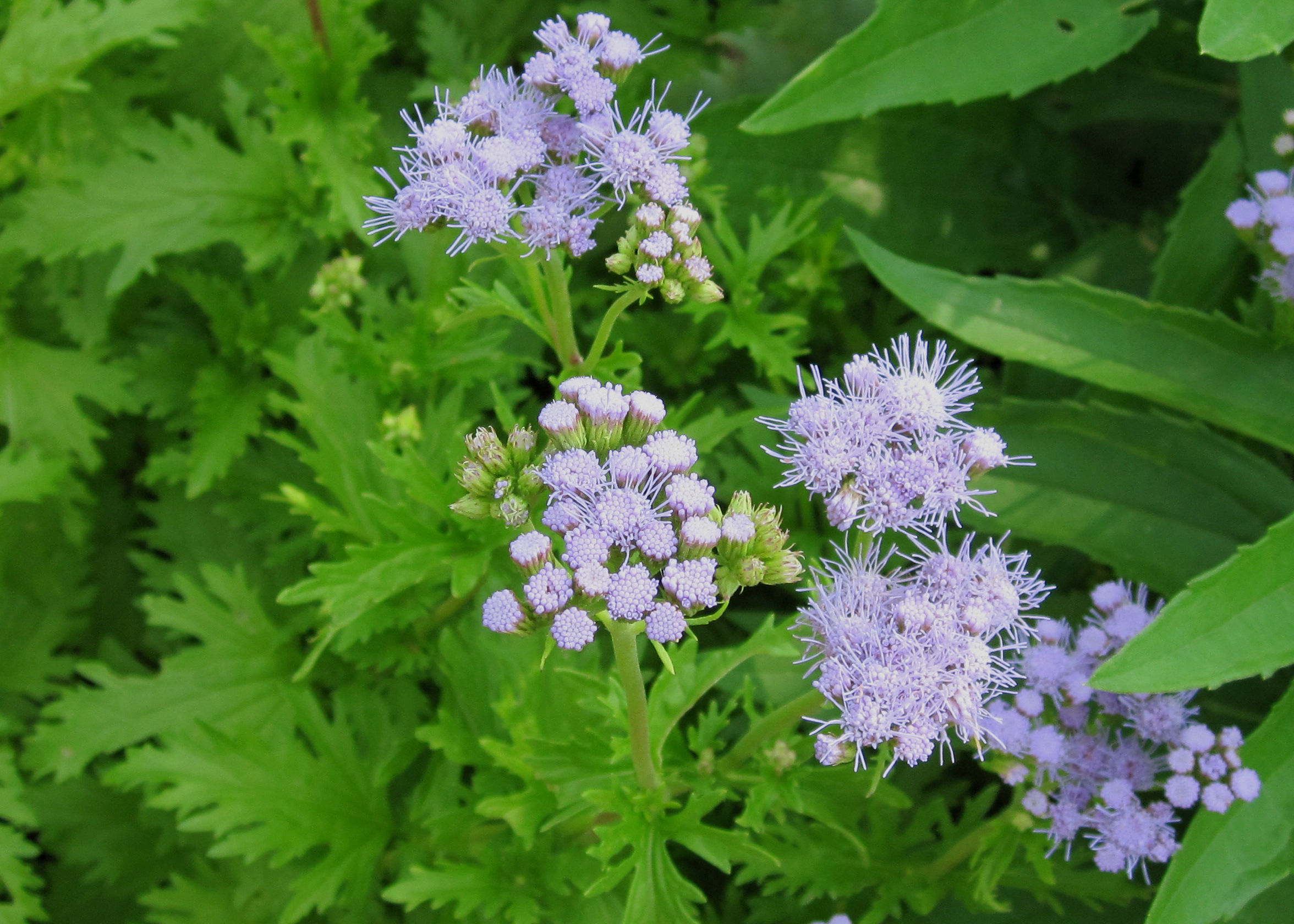The Blue Princess verbena regains its Texas Superstar crown
Original varieties were contaminated, but new ones are virus-free
One of the newest Texas Superstars, virus-free Blue Princess verbena is not like other princesses, said the executive director of the Texas Superstar board.
For one thing, the Blue Princess likes the heat; in fact, it thrives on the Texas summer sun, said Dr. Brent Pemberton, Texas AgriLife Research horticulturist. And the same goes for its sister plant, virus-free Rose Princess verbena, which also was named a Texas Superstar for 2010.
“Most people make the mistake of pampering it,” Pemberton said. “It must be planted in the sunniest, best-drained spot in your landscape. It will not bloom profusely unless the plants get plenty of sunlight.”
Plenty of sunlight means eight to 10 hours a day of direct “sunbathing sunlight,” he said.
Texas AgriLife Extension Service and AgriLife Research personnel extensively test and designate plants as Texas Superstars that are not just beautiful but perform well for Texas consumers and growers. They also must be easy to propagate, which should insure that the plants are not only widely available throughout Texas but reasonably priced too, Pemberton said.
Using virus-free stock for cuttings is not a new thing. The practice dates back to the beginnings of the last century. Most plants are susceptible to plant viruses that reduce their vigor, he said.
“If they’re not virus-free, they don’t bloom and perform nearly as well as they do if they are virus-free,” Pemberton said. “You don’t do as well if you’re sick as when you’re healthy and well, and it’s the same for plants. This is true of roses and everything else. They’re just weaker if they’re infected.”
To produce virus-free stock, plants are carefully selected that have no disease symptoms. Once these plants are identified, they are grown in their own individual plots under “protected” conditions, he said.
The resulting stock, called the “mother stock,” is continually monitored for disease symptoms, and any suspects are discarded. Cuttings are taken from the mother stock and increased. This process of selection may take years. From these “increases” more cuttings are made and the plants are sold to commercial growers, Pemberton said.
The original Blue Princess verbena Texas Superstar was brought back from the United Kingdom by Greg Grant, a former AgriLife Extension horticulturist who is now with Stephen F. Austin State University.
Grant, working with other AgriLife Extension and AgriLife Research horticulturists, made selections from the English stock that were adapted to the hot conditions of Texas.
“You wouldn’t think a plant that came from foggy old England would be adaptable to the hard and mean conditions of Texas, but it was,” Pemberton said. “We suspect, but we don’t know, that it was so because it was originally brought to England from South Africa.”
Not only was Blue Princes verbena heat tolerant, it was also more cold tolerant and produced larger flower heads than any previously available verbena, he said. The original was also more disease and insect tolerant as well, which lead to its nomination as a Texas Superstar.

The 1998 Texas Superstar description reads, “Blue Princess verbena is the most floriferous and vigorous growing variety in Texas when propagated from virus-free stock.”
But the virus-free condition became a kicker. A few years later, the original Blue Princess mother stock became contaminated. A seedling selection from Blue Princess named Dark Lavender Princess was found and grown in virus-free conditions before it could be contaminated. The virus-free variety was eventually sold as Blue Princess, Pemberton said.
“We’ve got several producers in the state now who are selling only virus-free stock of these verbenas,” he said. “Growers periodically buy virus-free stock. After a period of time — say six months or so — plants may become contaminated, and the growers reorder new stock rather than start new plants off of existing contaminated cuttings.”
Both verbenas produce brilliant blooms, but though they need not be pampered, keeping them bright and beautiful requires discipline on the part of the gardener, Pemberton said.
The problem is that many gardeners are hesitant to prune the plants when there are still blooms, he said.
“After the first spectacular bloom display, cut-shy people will be looking at ugly for the rest of the season and wondering why,” Pemberton said.
After the first abundant bloom, when the plant appears to be shutting down, the answer is to perform a light pruning, which will produce another lush crop of flowers. But some people will not want to cut them back “as long as one pitiful-looking bloom endures,” he said.
“People who cannot discipline themselves to shear old blooms periodically should not grow verbena,” he said.
Texas Superstar is a registered trademark owned by Texas AgriLife Research.





